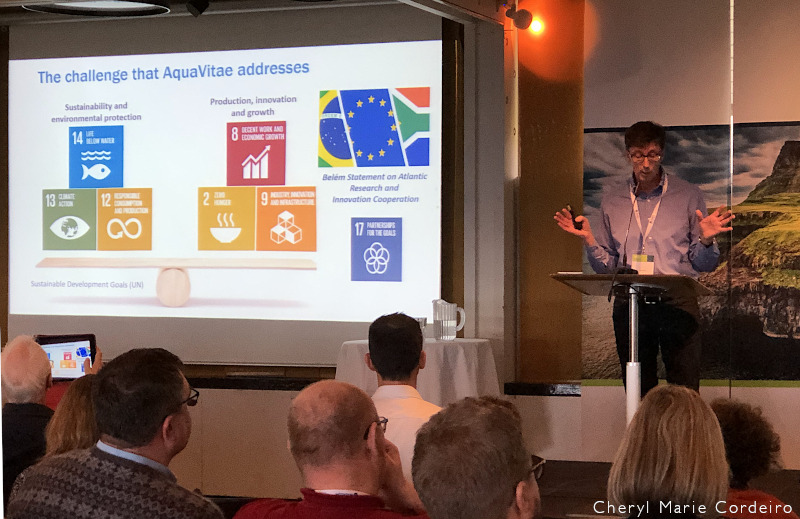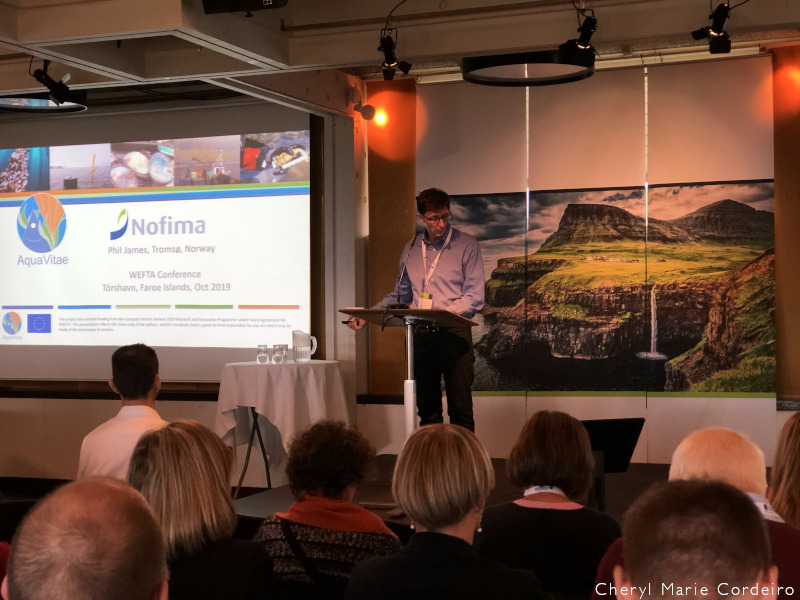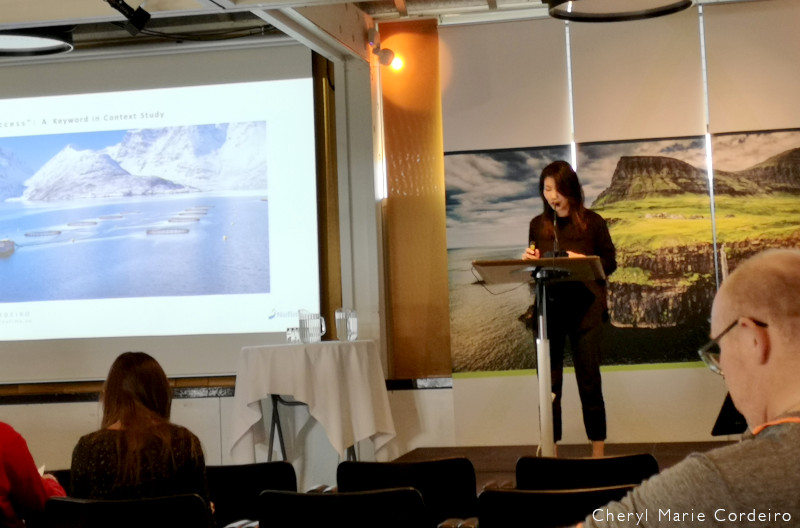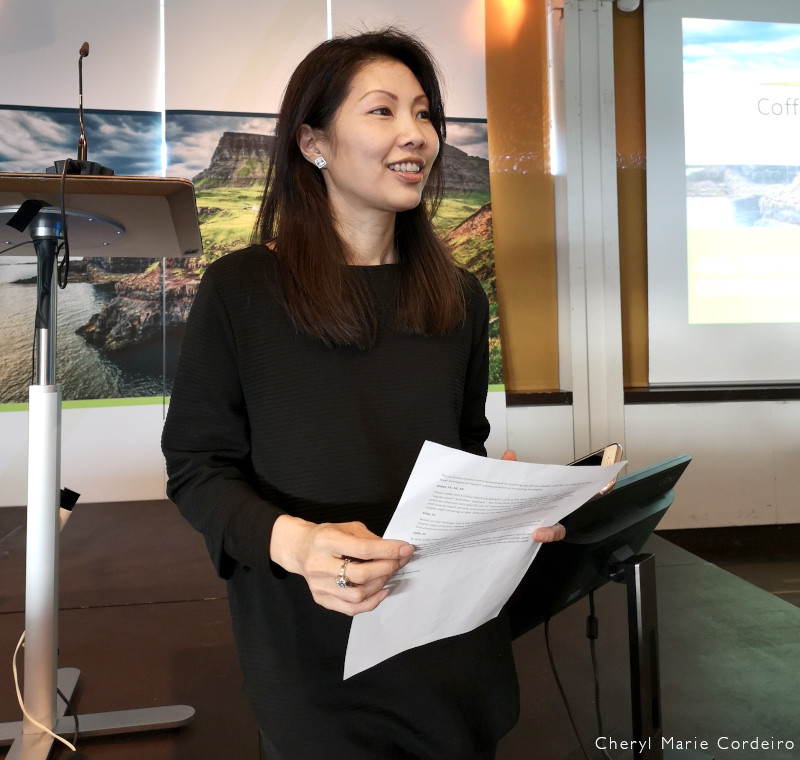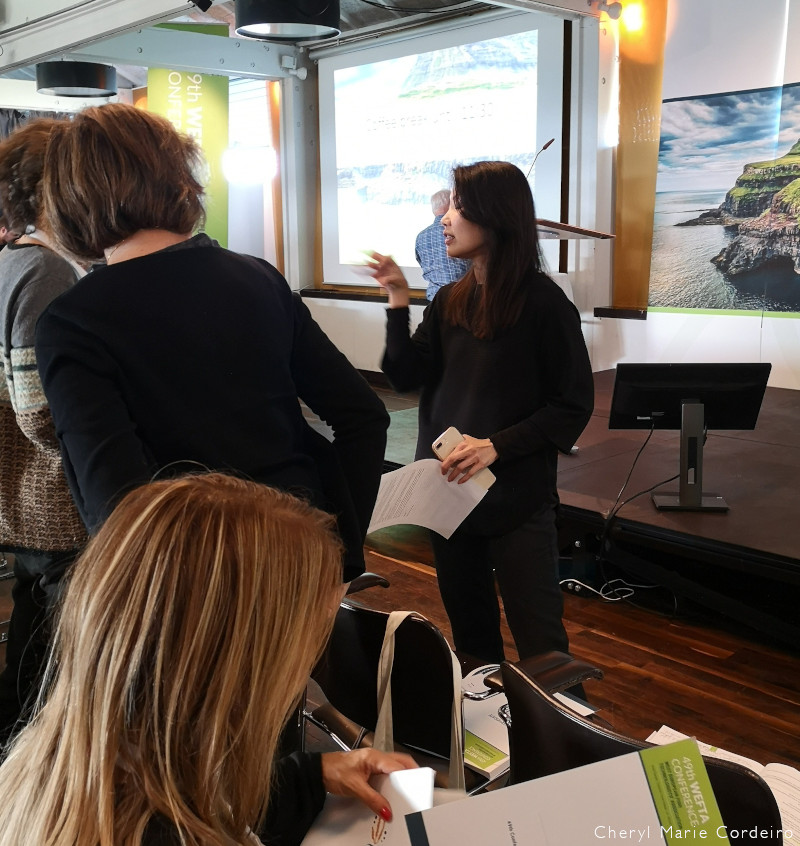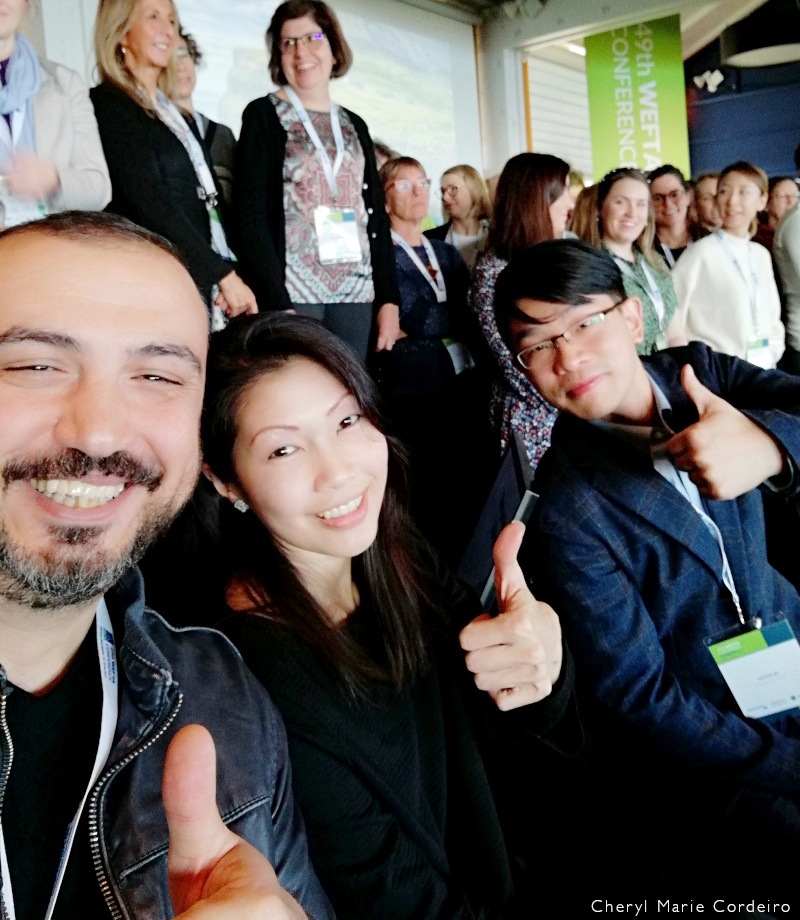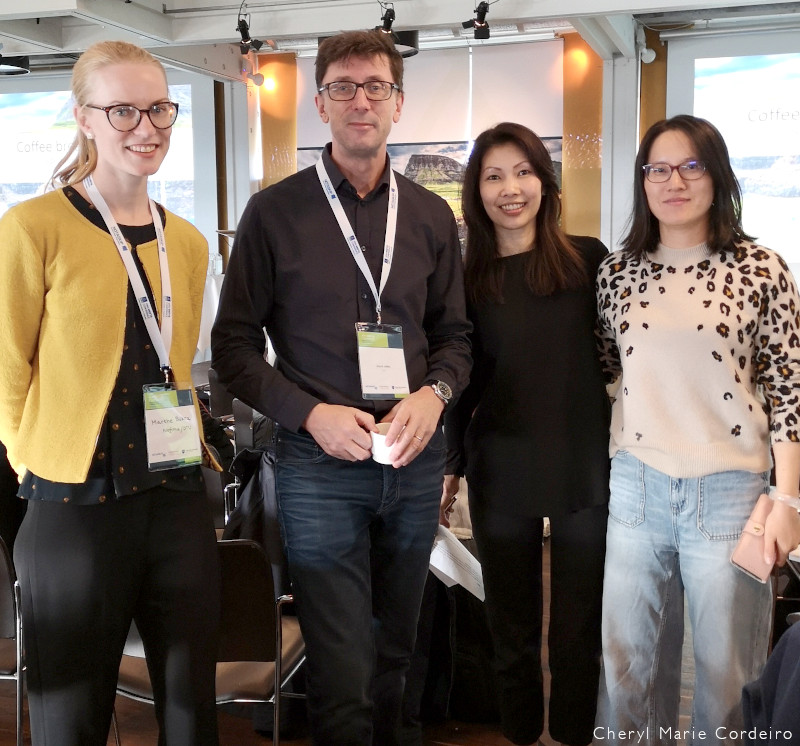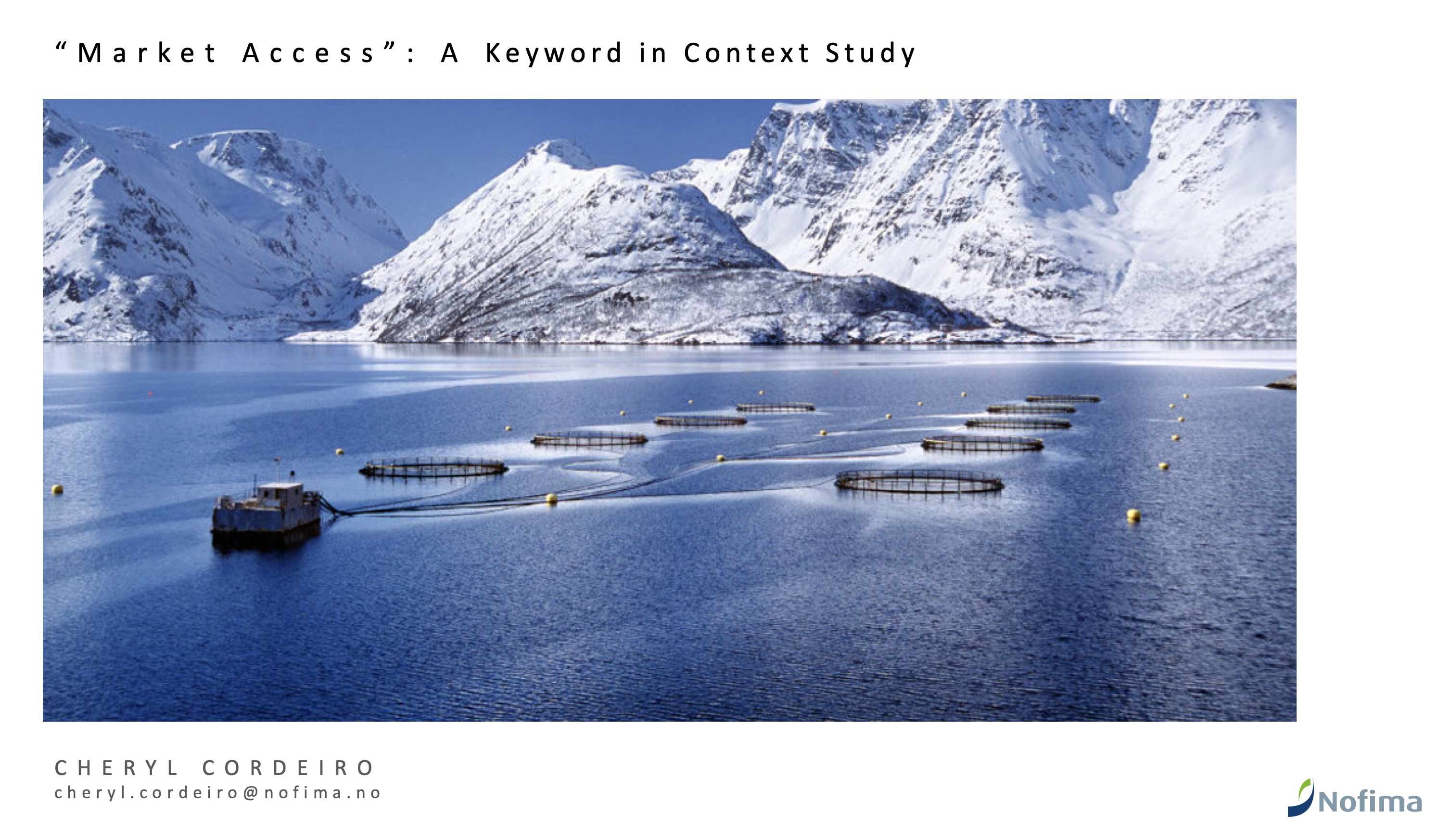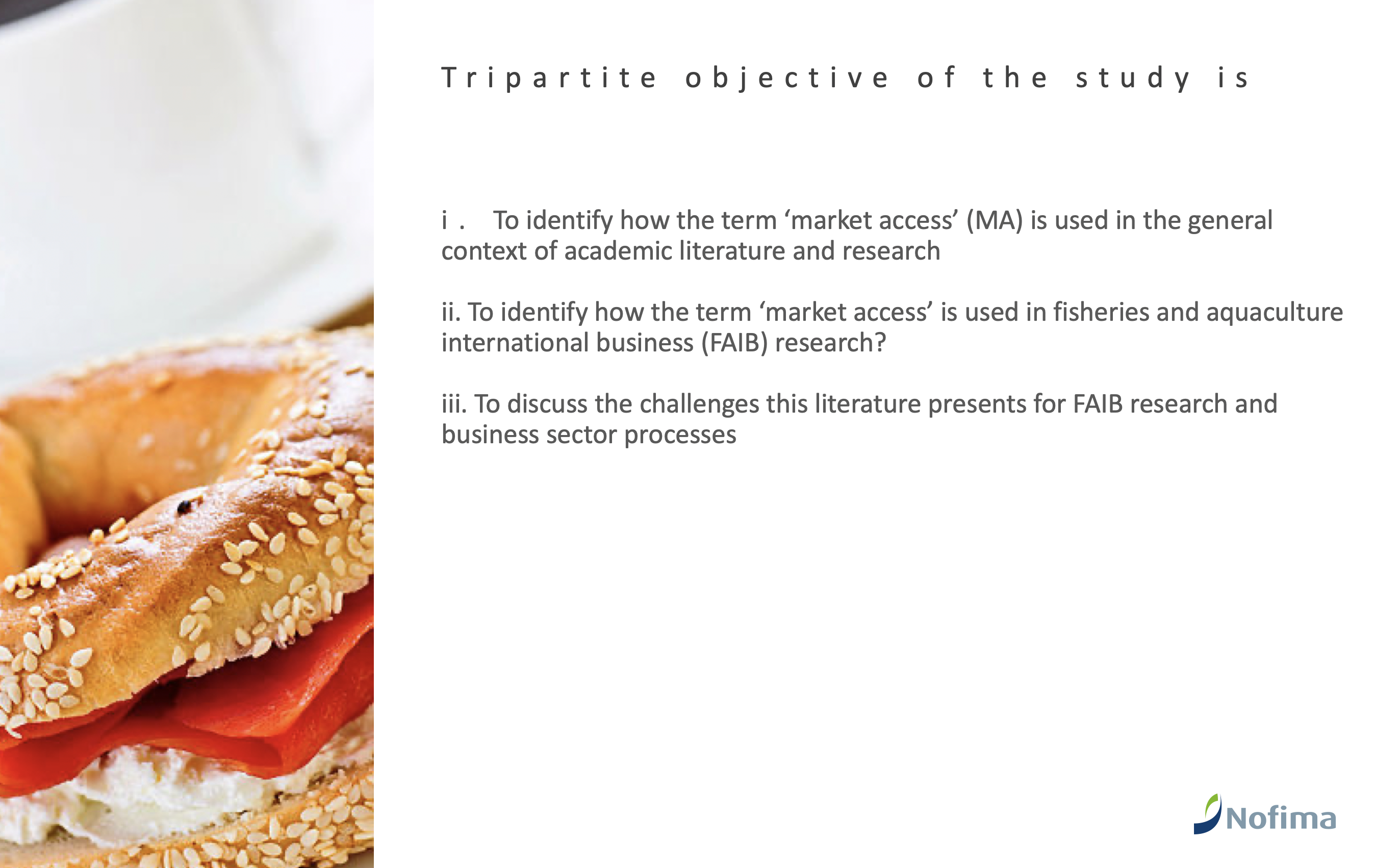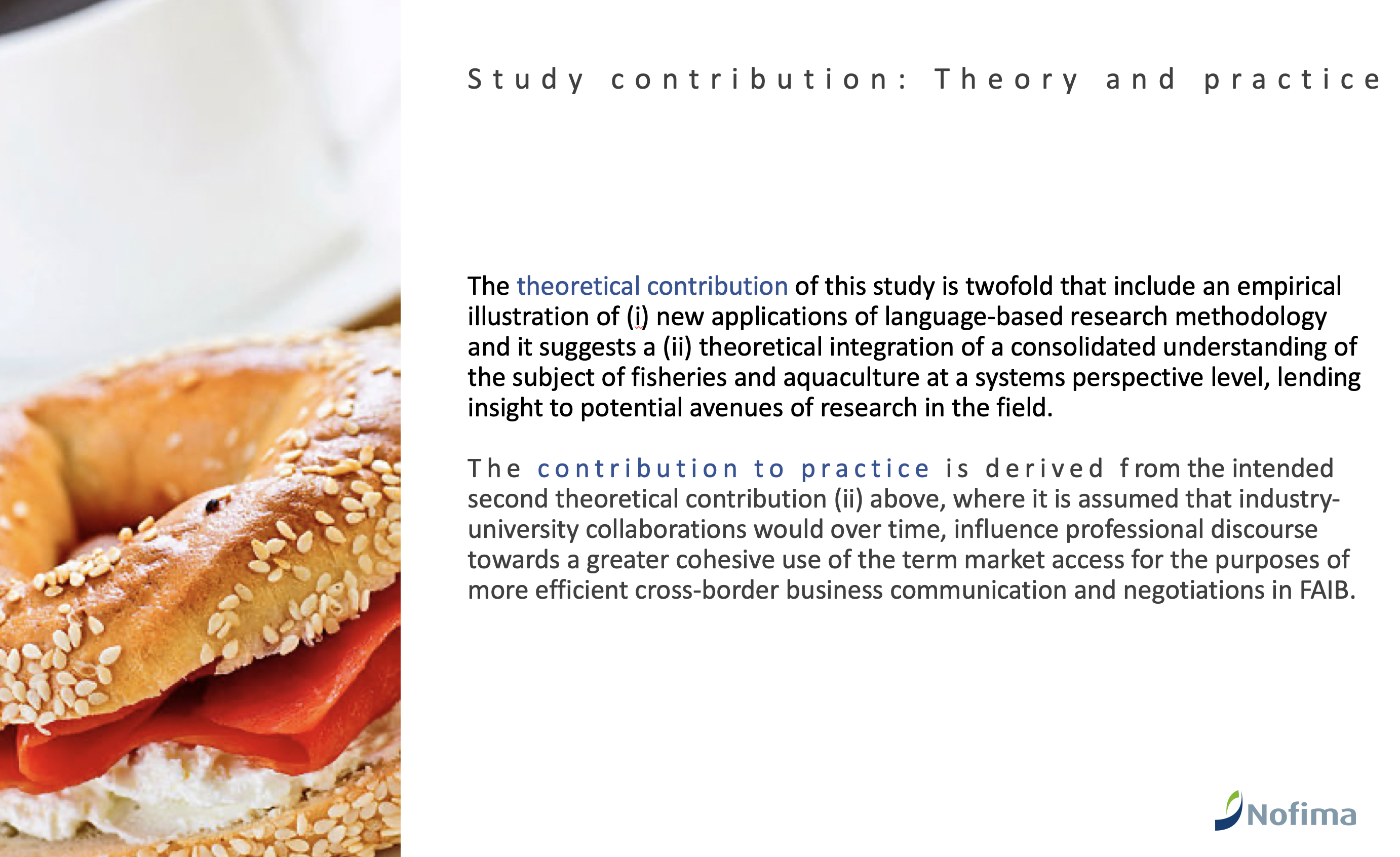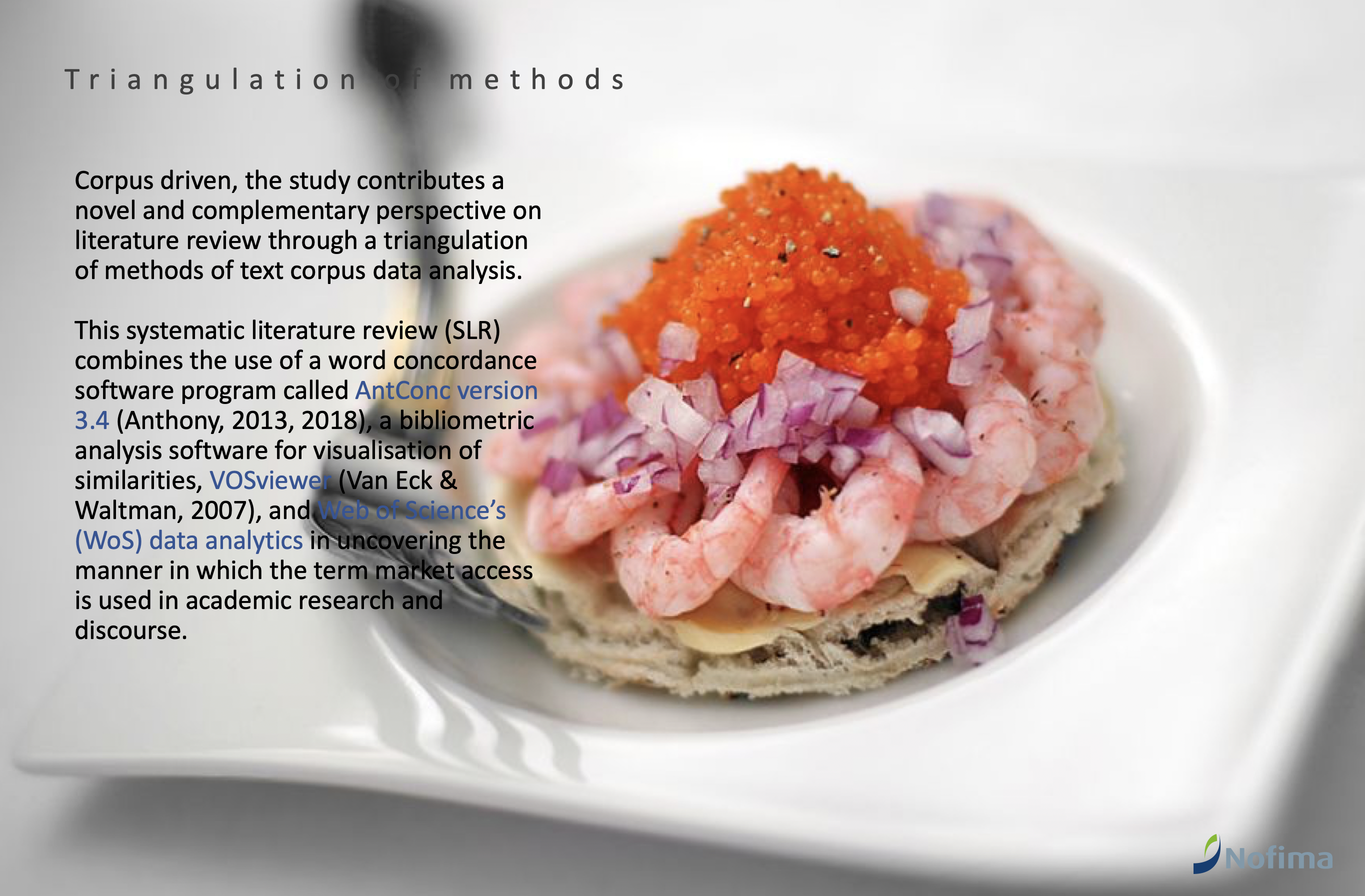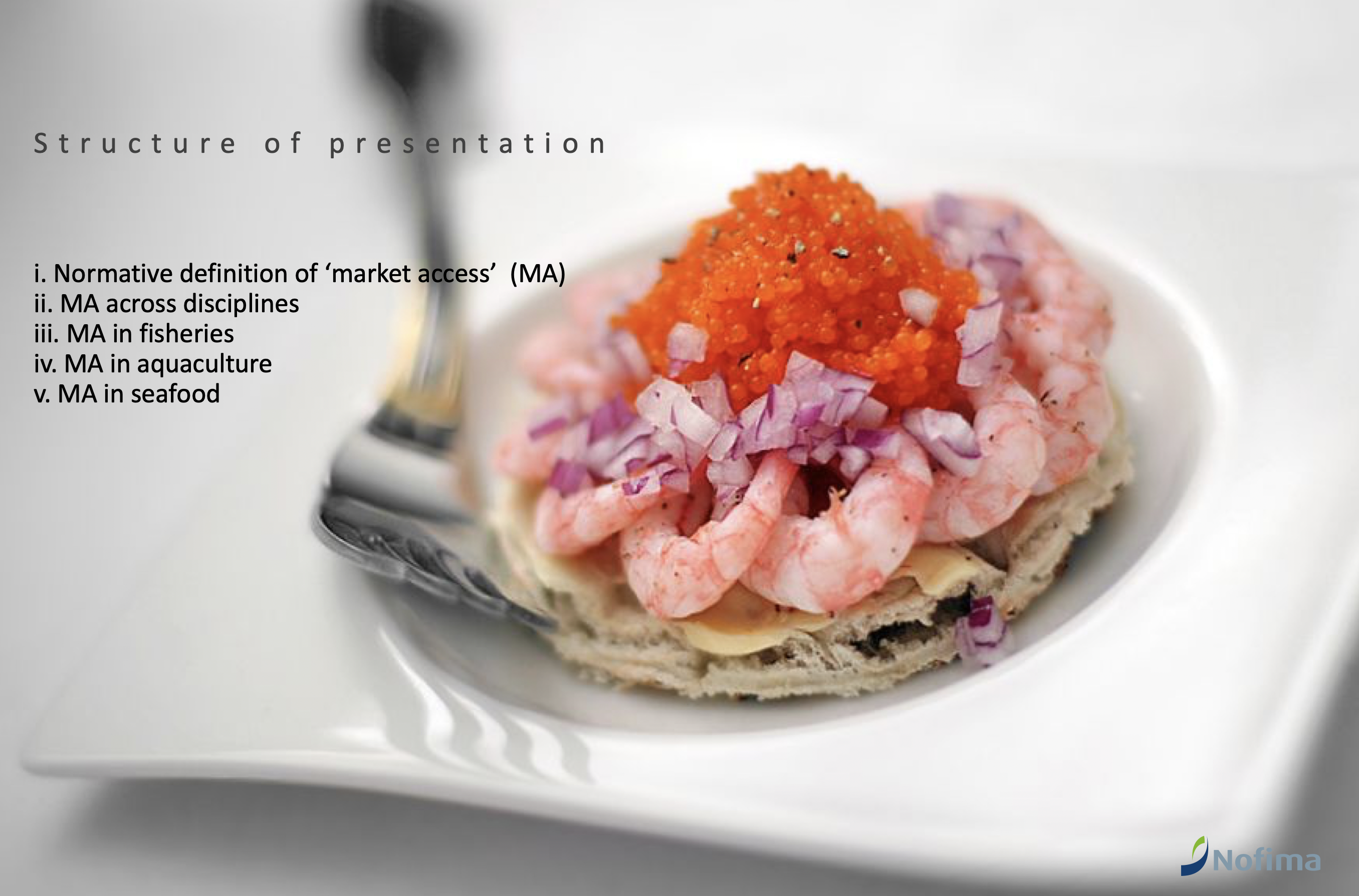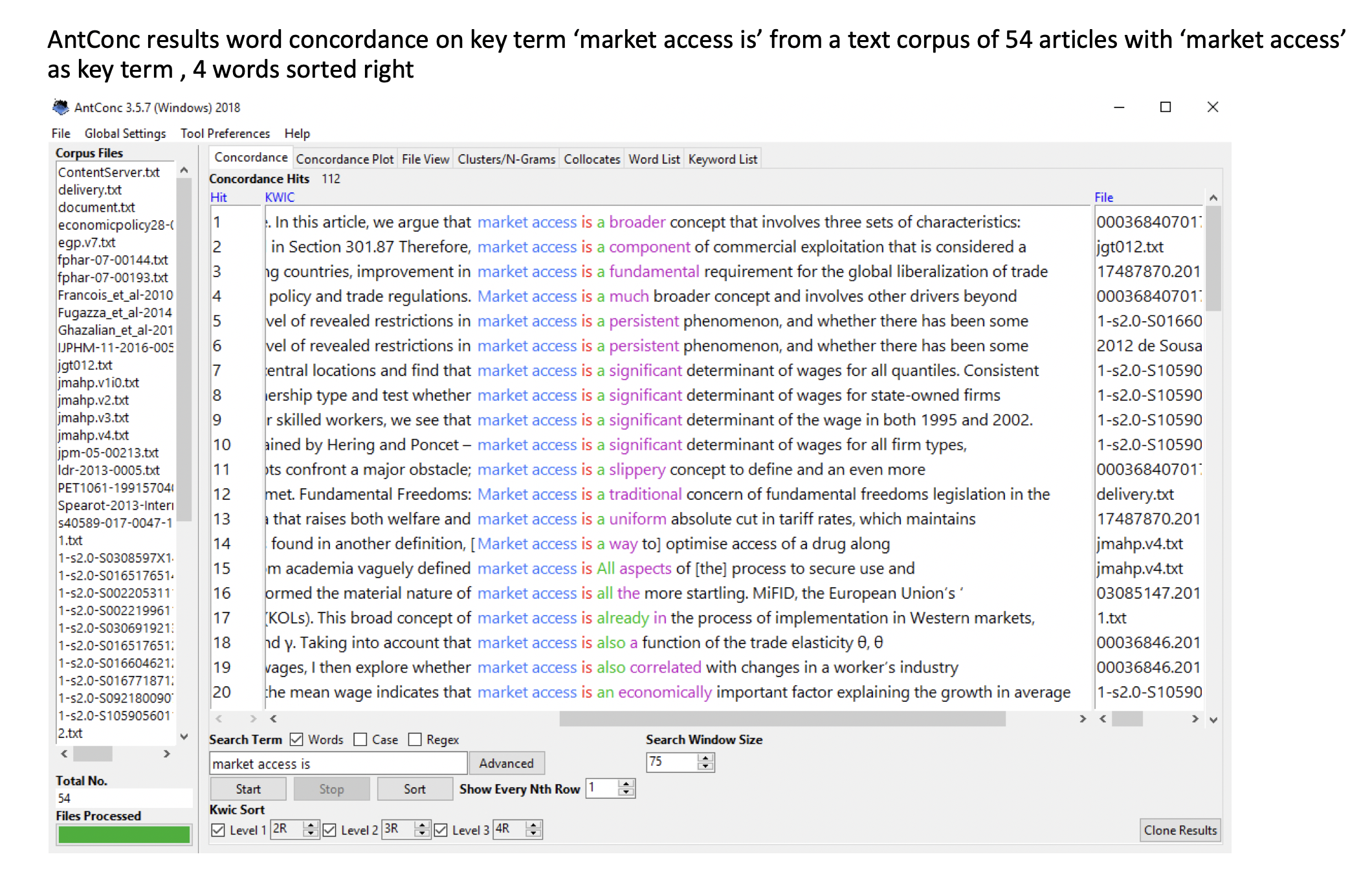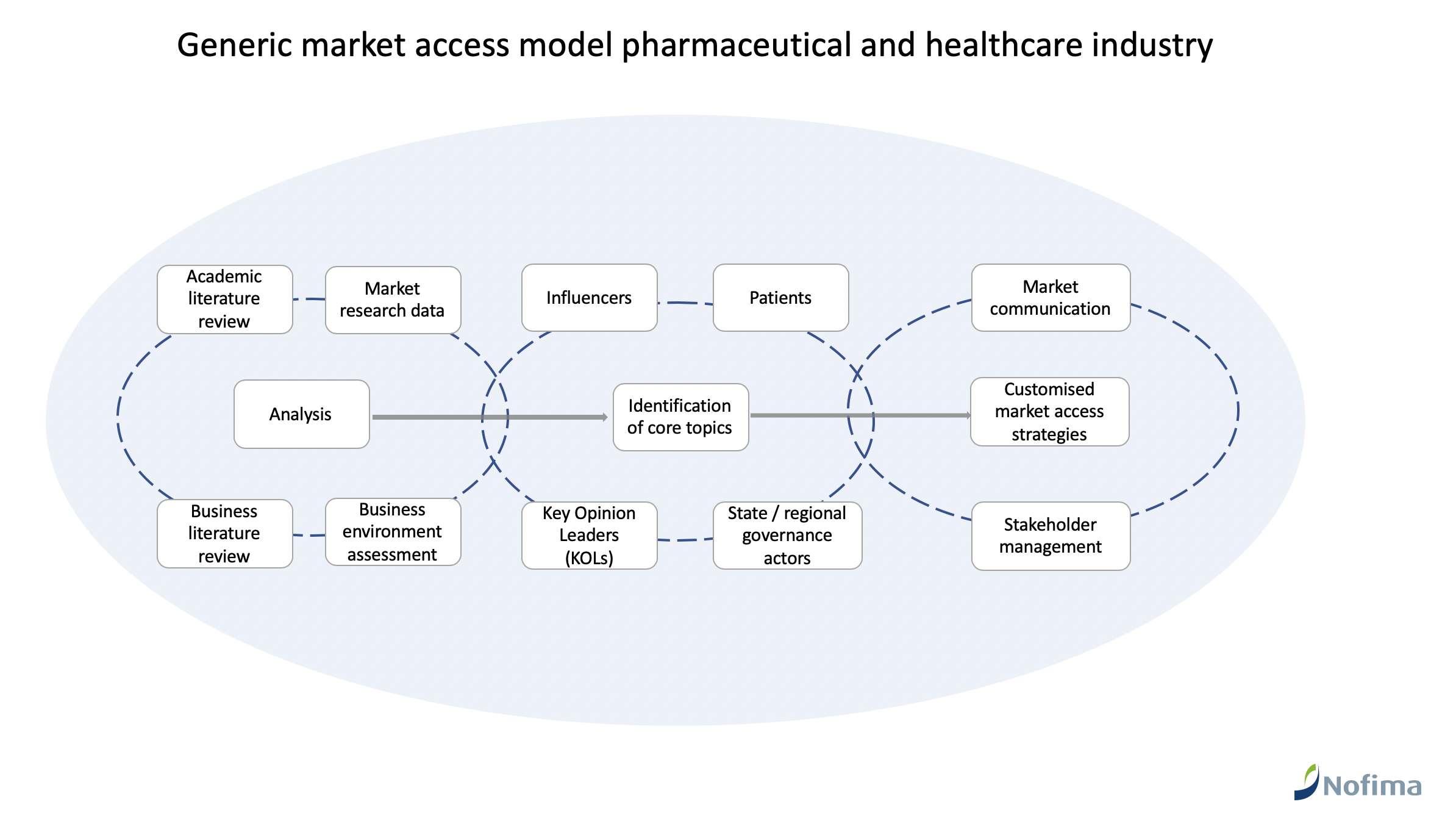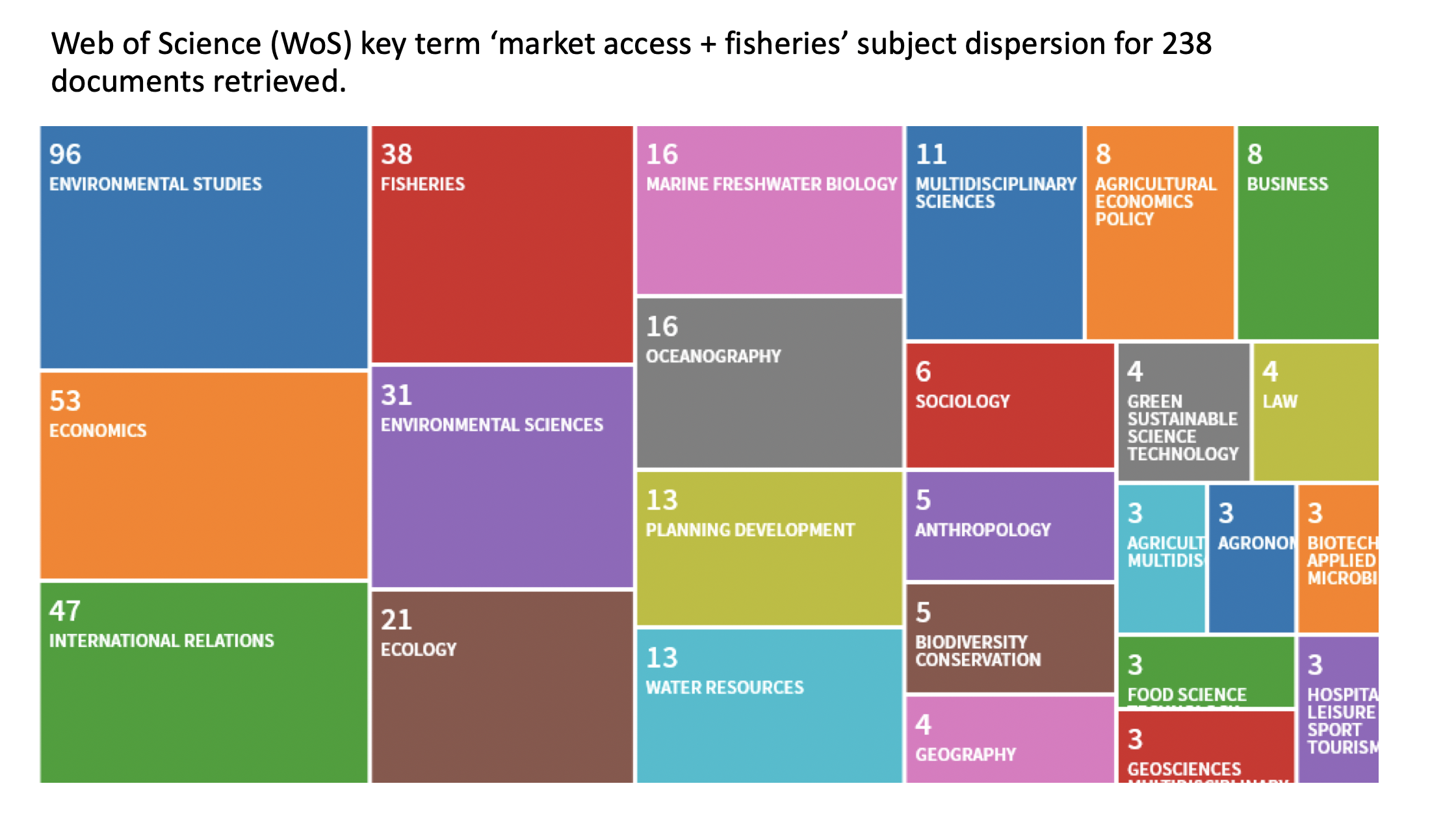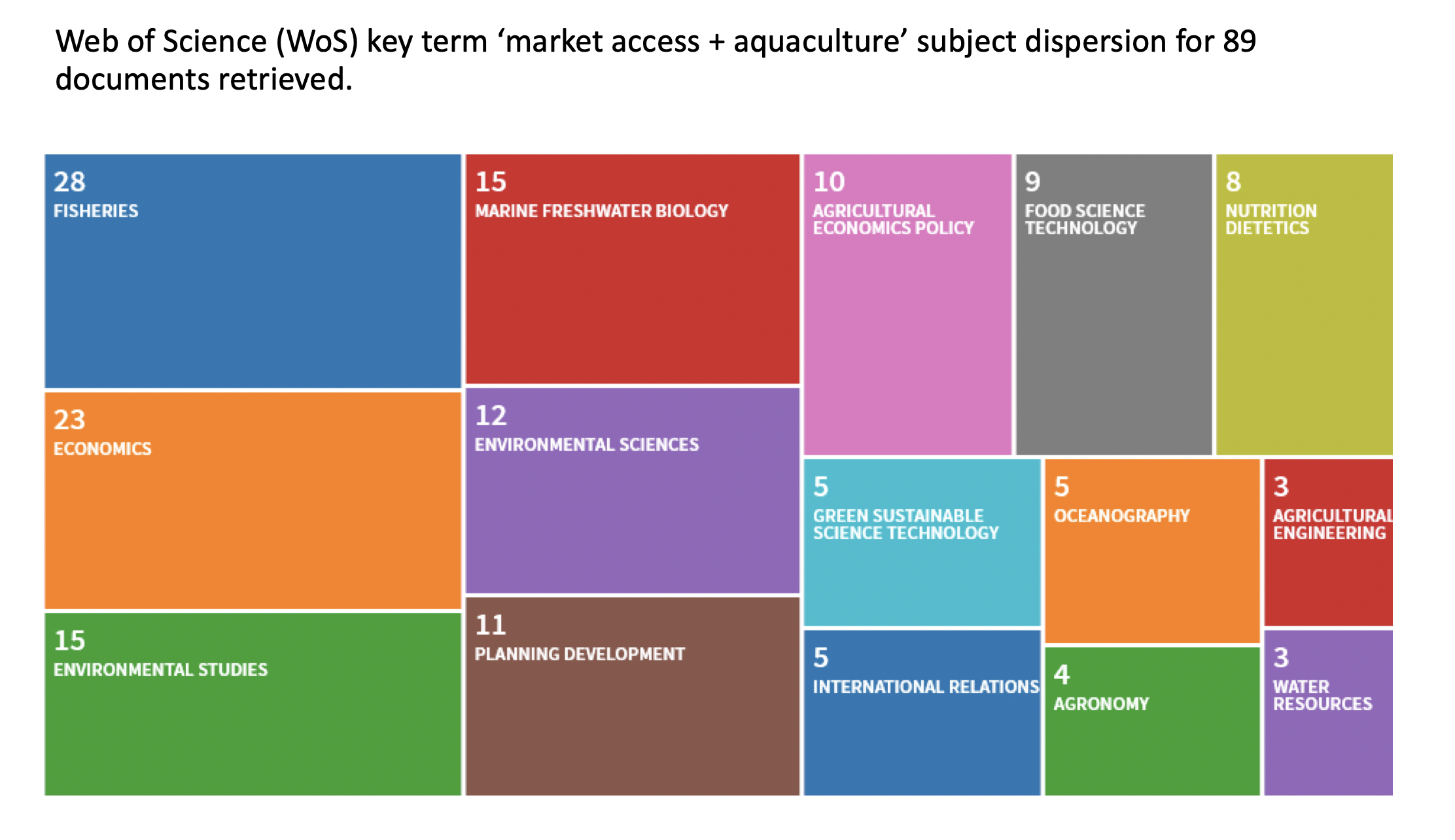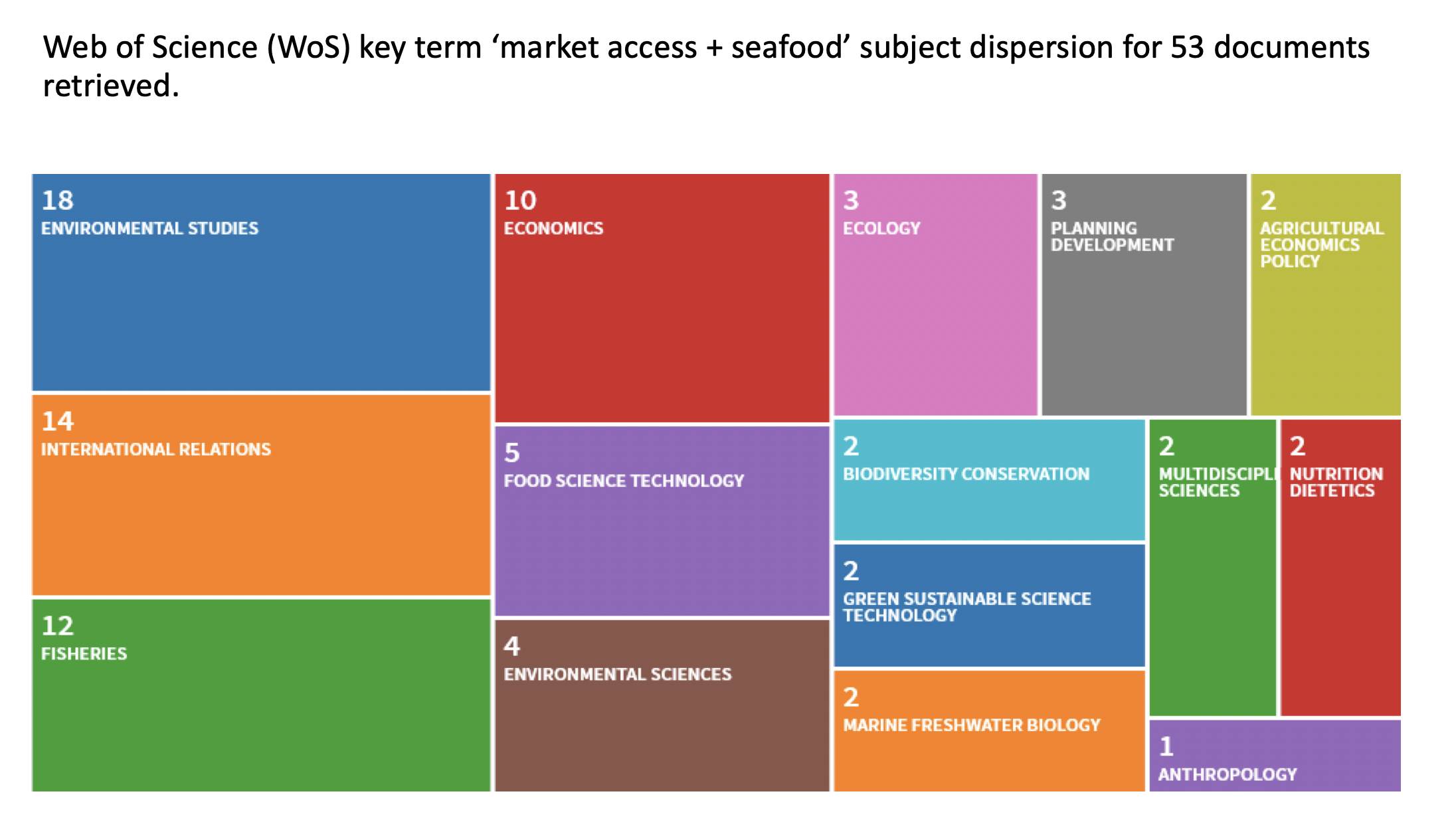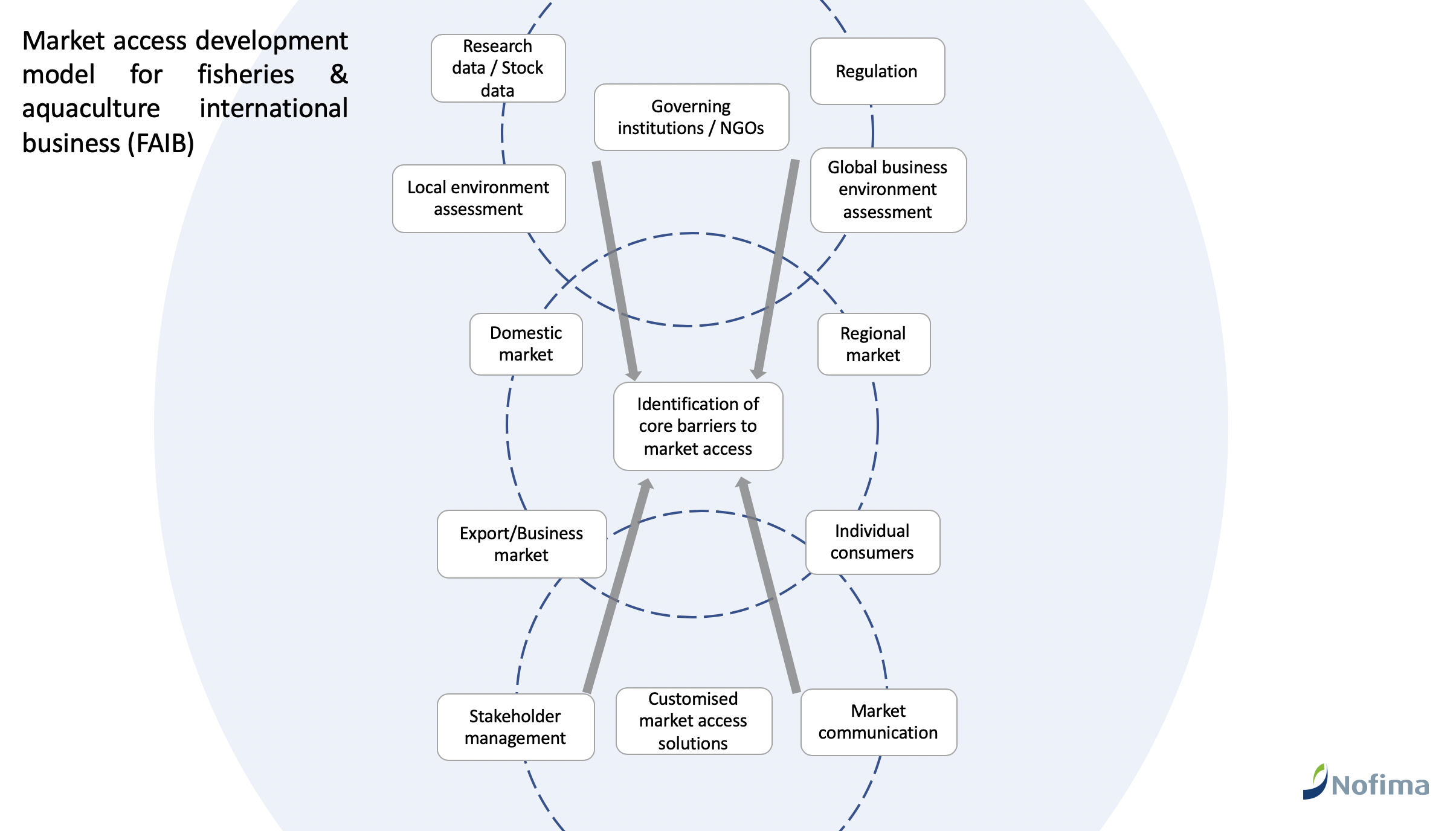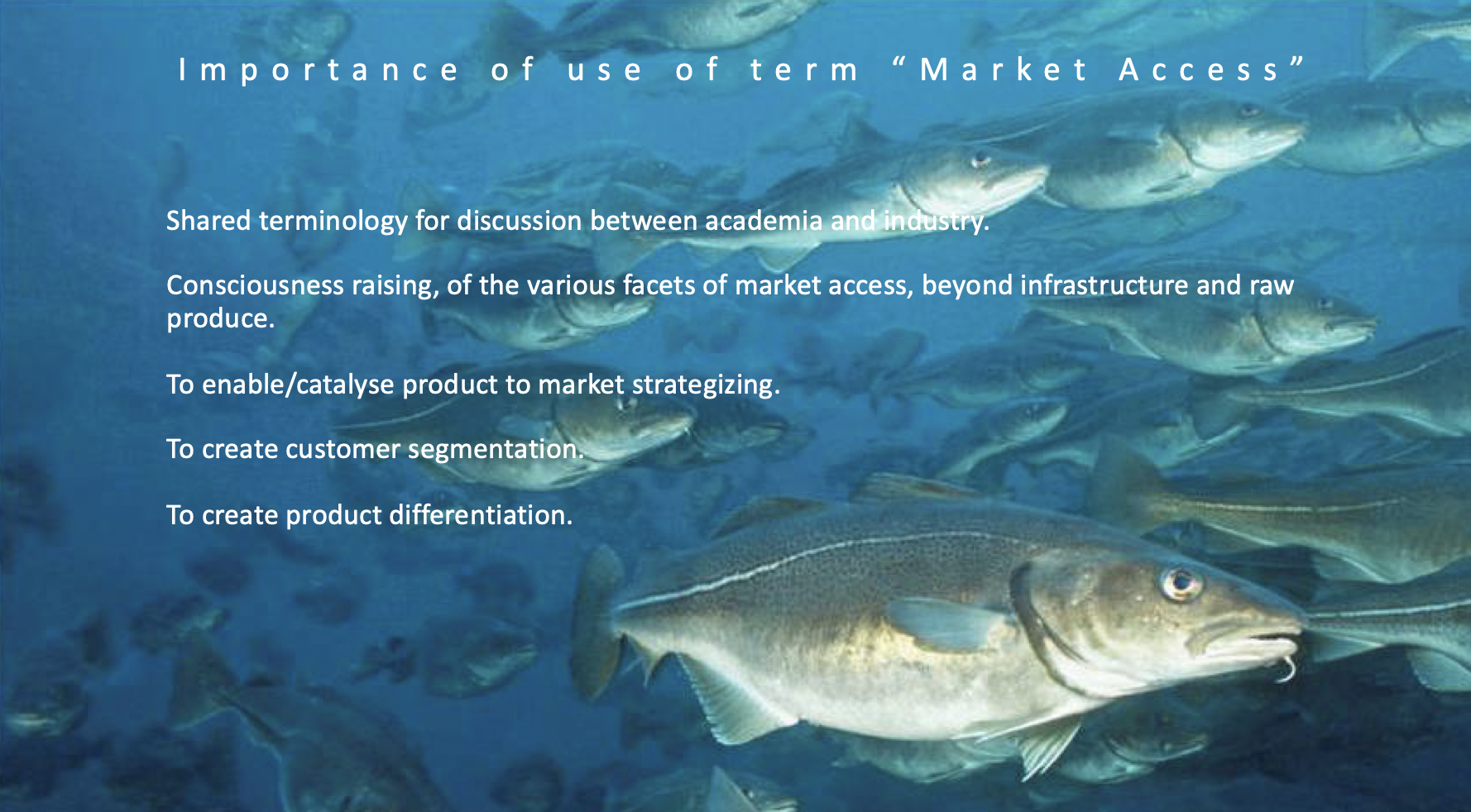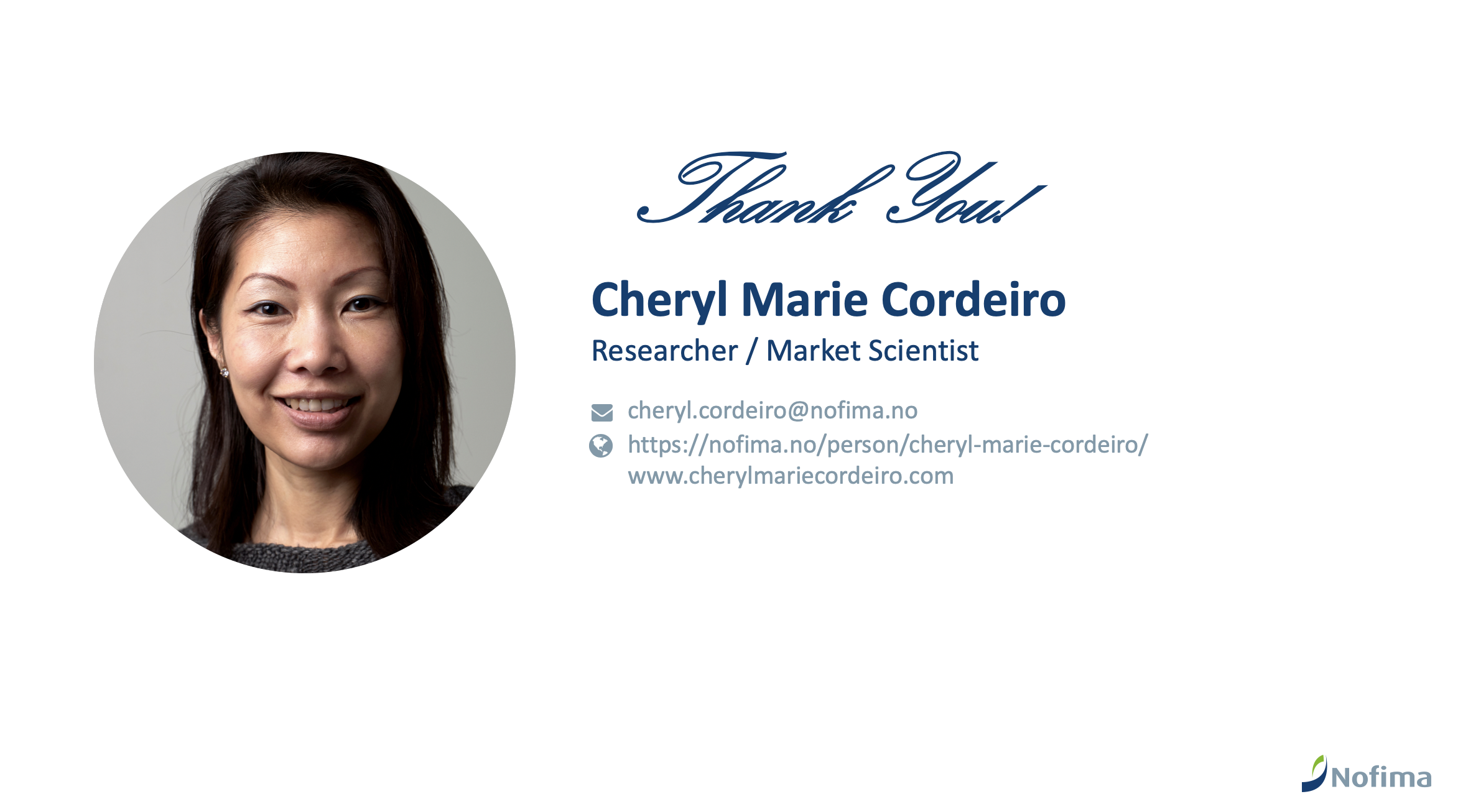Photos from WEFTA 2019, Tórshavn, Faroe Islands from the 15 – 17 October 2019. There were about 120 international participants to this year´s conference, contributing papers and posters on the theme of “Blue Value Creation, Bioeconomy, Health and Safety”.
Text & Photo © JE Nilsson & CM Cordeiro 2019
WEFTA 2019 conference. The 49th West European Fish Technologists Association (WEFTA) Conference in Tórshavn, Faroe Islands from the 15 – 17 October 2019. Theme is “Blue Value Creation, Bioeconomy, Health and Safety”. [Programme PDF]
Title of Presentation
“Market Access”: A Keyword in Context Study
Abstract
Although fisheries and aquaculture studies might seem marginal to international business (IB) studies in general, fisheries and aquaculture IB (FAIB) management is currently facing increasing pressure to meet global demand and consumption for fish in the next coming decades. In part address to this challenge, the purpose of this systematic review of literature (SLR) study is to investigate the use of the term ‘market access’ in its context of use in the generic literature and business sector discourse, in comparison to the more specific literature and discourse in fisheries, aquaculture and seafood. This SLR aims to uncover the knowledge/interest gaps between the academic subject discourses and business sector practices. Corpus driven in methodology and using a triangulation method of three different text analysis softwares including AntConc, VOSviewer and Web of Science (WoS) analytics, the SLR results indicate a gap in conceptual knowledge and business practices in how market access is conceived, studied and managed in the pharmaceutical and healthcare marketing industry in comparison to fisheries and aquaculture. FAIB’s complexity is directly acknowledged in the 2030 Agenda for Sustainable Development and Zero Hunger. And while the product orientation of different business sectors might differ, this SLR study works with the assumption that both business sectors are international in orientation, and complex in their operations from product to market. To that extent, research scholars and practitioners in FAIB will need to broaden their efforts in understanding the multiplicity of forces that influences fisheries and aquaculture and its international orientation towards both emerging as well as mature markets. This SLR suggests a conceptual model in understanding the challenges, the potential barriers as well as avenues for solutions to developing market access for FAIB.
Keywords
market access, fisheries and aquaculture, international business, systematic literature review, concordance analysis, bibliometric analysis, research methods
Reference
Cordeiro, C. M. (2019). “Market access”: A Keyword in context study. Paper presented at the The 49th West European Fish Technologists Association (WEFTA) 2019 Conference, 15-17 Oct. 2019 in Tórshavn, Faroe Islands.
Presentation slides
Slide 1
This presentation is a corpus based systematic literature review of the word ‘market access’ in the field of fisheries and aquaculture. “Corpus based” refers to not only that the data was mined from academic search engines but that specific corpuses were built for the fields of market access in “fisheries”, “aquaculture” and “seafood”.
Slide 2
The tripartite objective of the study was to
i. Identify how the term market access is used broadly, in the context of academic literature
ii. Identify how market access is used in the field of fisheries and aquaculture.
iii. And then to outline the academic and practical implications of the findings
Slide 3
As such, this study is both a theoretical and practical contribution. It contributes to corpus linguistics and FAIB in terms of language based tools and frameworks of analysis. The findings can be applied to various industry context at firm levels for discussions on business model strategies or changes in business models with evolving technology for example.
Slide 4
The methods are triangulated. 2 different softwares were used to mine and then analyse the retrieved literature. The reason is because different softwares have different parameters for analyses.
VOSviewer for example has the capacity to analyse more than 25000 documents and download more than 5000 documents at a time. Web of Science also has their own means of visualizing and analysing retrieved data, which can be used and compared as a public resource. AntConc is a concordance software that analyses word frequencies and collocations that show how words are used in context. This is useful for studying how “market access” is used in different disciplines. It is most likely a highly taught subject in international business studies. And in practitioner circles, you’ll find that pharmaceuticals and the healthcare sector have the broadest coverage of the use of the term “market access”.
Slide 8
Here’s the example of VOSviewer visualisation of the keywords “market access” as they occur and connect in all disciplines. Education, economics, health value and finance are all prominent connections with the largest occurrences of the term market access.
Slide 10
This is an example of AntConc working to show that in this systematic literature review, you can pull up the context in which market access is used, and you can sort them via databases, whether it is generic, in “fisheries”, “aquaculture” or “seafood” as it was in this study.
Slide 11
This is a generic model of market access as used in the pharmaceutical and healthcare sector. Notable here is the integration of supply chain actors from academia and market research data, to the business environment assessment to involving key opinion leaders and then to customer or firm level strategies of market communication or marketing strategies.
Slides 14, 16, 19
These slides are a colour block visualisation of how the term “market access” is used in “fisheries”, “aquaculture” and then “seafood”. You’ll not only find fewer subject dispersion but the AntConc analysis returned very specific use of “market access” to refer to infrastructure, the building of roads, and how to reach remote rural areas in terms of trade. What is lacking is the distinct integrated supply chain thinking or idea reflected in the pharmaceutical and healthcare sector.
Slide 21
Based on the findings, this is the model proposed for “market access” in FAIB that reflects a broader supply chain of actors. Where I do think it’s in place, but not as explicitly articulated in the industry and academic circles as other sectors.
Slide 22
So why is this important?
Language has the capacity to both circumscribe and reflect reality. And within our own research, we have met with and observed with some enterprises who are either in a period of transformation or who are exploring new business models. Having common terminology within the field makes things explicit, and when explicit, you can work on the concept, incorporating it into organization marketing strategy or long term strategic goals. You can also customer segment, and product differentiate if you move further up along the supply chain towards the customer end of market access.
Slide 23
Thank you for your time

